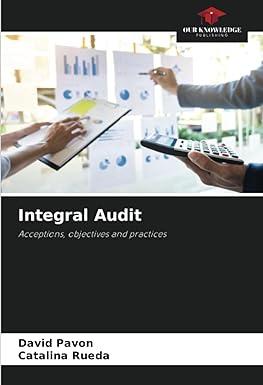
7/1

7/9
Clarke has a controlling interest in Rogers's outstanding stock. At the current year-end, the following information has been accumulated for these two companies: Separate Operating Income Dividends Paid $735,888 (includes a $165,000 net unrealized gross profit $90,000 in intra-entity ending inventory) Rogers 277,586 70,000 Clarke Clarke uses the initial value method to account for the investment in Rogers. The separate operating income figures just presented include neither dividend nor other investment income. The effective tax rate for both companies is 40 percent a. Assume that Clarke owns 100 percent of Rogers's voting stock and is filing a consolidated tax return. What income tax amount does this affiliated group pay for the current period? b. Assume that Clarke owns 92 percent of Rogers's voting stock and is filing a consolidated tax return. What amount of income taxes does this affiliated group pay for the current period? c. Assume that Clarke owns 80 percent of Rogers's voting stock, but the companies elect to file separate tax returns. What is the total amount of income taxes that these two companies pay for the current period? d. Assume that Clarke owns 70 percent of Rogers's voting stock, requiring separate tax returns. What is the total amount of income tax expense to be recognized in the consolidated income statement for the current period? e. Assume that Clarke owns 70 percent of Rogers's voting stock so that separate tax returns are required. What amount of income taxes does Clarke have to pay for the current year? Answer is not complete. b. Income tax Income tax Total amount of income tax $ S 339,000 339,000 384,800 $ Clarke uses the initial value method to account for the investment in Rogers. The separate operating income figures just presented include neither dividend nor other investment income. The effective tax rate for both companies is 40 percent a. Assume that Clarke owns 100 percent of Rogers's voting stock and is filing a consolidated tax return. What income tax amount does this affiliated group pay for the current period? b. Assume that Clarke owns 92 percent of Rogers's voting stock and is filing a consolidated tax return. What amount of income taxes does this affiliated group pay for the current period? c. Assume that Clarke owns 80 percent of Rogers's voting stock, but the companies elect to file separate tax returns. What is the total amount of income taxes that these two companies pay for the current period? d. Assume that Clarke owns 70 percent of Rogers's voting stock, requiring separate tax returns. What is the total amount of income tax expense to be recognized in the consolidated income statement for the current period? e. Assume that Clarke owns 70 percent of Rogers's voting stock so that separate tax returns are required. What amount of income taxes does Clarke have to pay for the current year? Answer is not complete. Income tax OTP $ $ 339,000 339,000 384,800 Income tax Total amount of income tax Total amount of income tax expense c. $ d. Income tax $ 297.920 2018 On January 1, 2017, Abbey acquires 90 percent of Benjamin's outstanding shares. Financial information for these two companies for the years of 2017 and 2018 follows: 2017 Abbey Company: Sales $ (672,000) $(1,654,000) Operating expenses 450,000 692,080 Intra-entity gross profits in ending inventory (included in above figures) (138,000) (161,000) Dividend income-Benjamin Company (18,000) (36,088) Benjamin Company: Sales (247,000) (411,000) Operating expenses 155,000 215, eee Dividends paid (20,000) (40,000) Assume that a tax rate of 40 percent is applicable to both companies. es a. On consolidated financial statements for 2018, what are the income tax expense and the income tax currently payable if Abbey and Benjamin file a consolidated tax return as an affiliated group? b. On consolidated financial statements for 2018, what are the income tax expense and income tax currently payable if they choose to file separate returns? a Income tax expense Income tax payable Income tax expense Income tax payable b
 7/1
7/1
 7/9
7/9





